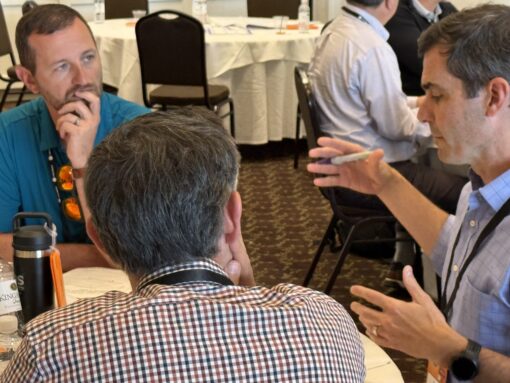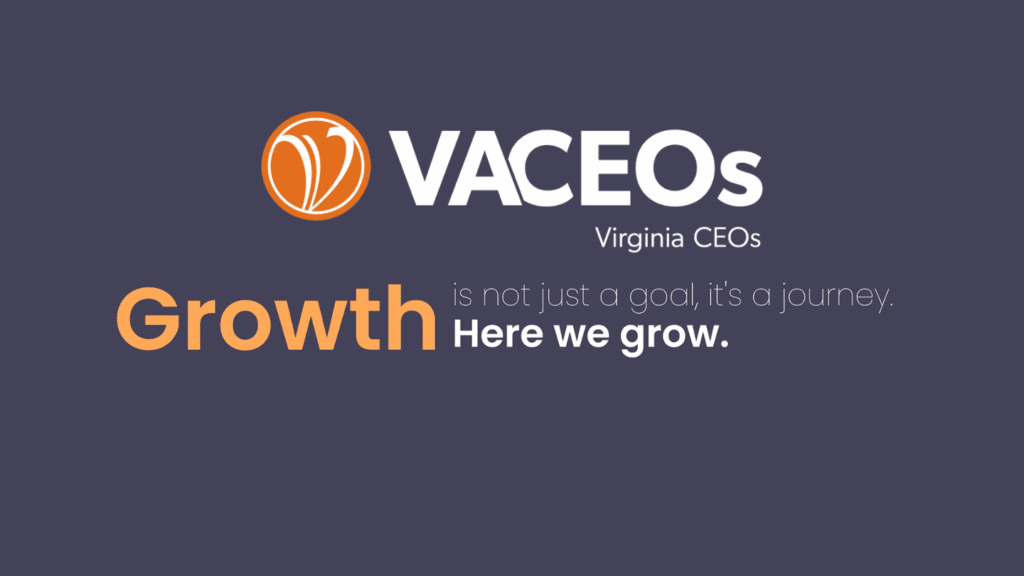Contributed by Stephanie Ford, Director, Warren Whitney
Vulnerability. It’s a word that can evoke discomfort, particularly in professional settings. Yet, when approached with intentionality, vulnerability can be the cornerstone of authentic leadership and a catalyst for fostering trust, creativity, and resilience in the workplace.
Do you remember Jerry Seinfeld’s observation that at a funeral, most people would rather be in the coffin than deliver the eulogy? As humorous as it is, that quip reveals a deeper truth: being vulnerable, whether in public speaking or expressing emotions, can feel daunting. But why?
The Challenge of Vulnerability
Being vulnerable often feels like exposing weaknesses or risking judgment. In the workplace, where professionalism and competence are paramount, the stakes can seem even higher. Yet, this hesitation overlooks a critical fact: vulnerability isn’t about weakness; it’s about courage.
To be vulnerable is to share honestly, to seek feedback, and to own mistakes—all actions that require immense bravery. It challenges us to step outside our comfort zones, confront fears, and risk rejection. But in doing so, we create space for connection, growth, and innovation.
Being vulnerable in the workplace can look different depending on the leader’s personality and industry. What might work well in a technology corporate office setting is likely different than what works well in a manufacturing or warehouse worker setting. In all cases, know your audience and consider the environment.
Vulnerability and Leadership
What does vulnerability have to do with leadership? Everything.
Authentic leadership thrives on transparency and trust—qualities that vulnerability cultivates. Consider the story of a Richmond-based CEO and Chairman. Faced with a pivotal moment in his leadership journey, he invited his executive team to share unfiltered feedback on his performance. Sitting in the center of the room, open to critique, he began a transformative journey to evolve his leadership style.
His willingness to embrace vulnerability not only strengthened his leadership—it reshaped his organization’s culture, driving retention and revenue growth. His example underscores that vulnerability is not just a personal development tool but a strategic asset.
The Workplace Impact
Research supports the power of vulnerability. A study highlighted in a Hidden Brain podcast examined workplace safety and found that cultures where mistakes were openly acknowledged—not punished—fostered greater trust, lower turnover, and higher satisfaction. Conversely, organizations where employees feared admitting errors cultivated anxiety and inefficiency.
A culture that embraces vulnerability encourages learning from failure, an essential ingredient for innovation. By reframing mistakes as opportunities for growth, leaders can inspire resilience and creativity within their teams.
Rewriting the Narrative
Often, our resistance to vulnerability stems from the stories we tell ourselves—narratives that shape our perceptions and limit our potential. For example, we might view past failures as personal shortcomings rather than stepping stones to success. By reframing these stories, we can transform our self-perception and unlock new possibilities.
Reflect on a past failure. What lessons emerged from that experience? How did it shape your growth or perspective? These reflections reveal the rewards of vulnerability: resilience, innovation, and connection.
Traits of Authentic Leadership
At its core, vulnerability aligns with the hallmarks of authentic leadership:
- Self-awareness: Understanding and accepting your strengths and areas for growth.
- Transparency: Fostering open and honest communication.
- Values alignment: Leading with principles that resonate personally and professionally.
- Servant leadership: Prioritizing the needs of others to create an environment where everyone thrives.
Steps to Embrace Vulnerability
So, how can you begin integrating vulnerability into your leadership and workplace culture? Here are practical steps to guide the way:
Show humanity: Share personal experiences, admit mistakes, and be open about challenges. Authenticity fosters trust.
Practice empathy: Treat others with compassion and consideration, especially during difficult conversations.
Reframe setbacks: View failures as opportunities to learn and innovate. Lead by example in embracing this mindset.
Create safe spaces: Encourage open dialogue where team members feel comfortable sharing ideas and concerns without fear of judgment.
The Rewards of Vulnerability
Vulnerability builds trust, strengthens relationships, and enhances collaboration. It transforms workplaces into environments where employees feel valued, empowered, and connected.
As English author Neil Gaiman once said, “The moment that you feel you are walking down the street naked, that’s the moment that you may be starting to get it right.” Vulnerability, though uncomfortable, is a powerful force for change.
Moving Forward
To harness the benefits of vulnerability, reflect on your leadership style and organizational culture. What steps can you take to foster authenticity within your team? What barriers must you overcome to embrace this approach?
Remember, vulnerability is a journey, not a destination. Start small, acknowledge the challenges, and commit to consistent practice. The results—stronger connections, deeper trust, and greater innovation—are well worth the effort.
Go forth, and lead with vulnerability!




